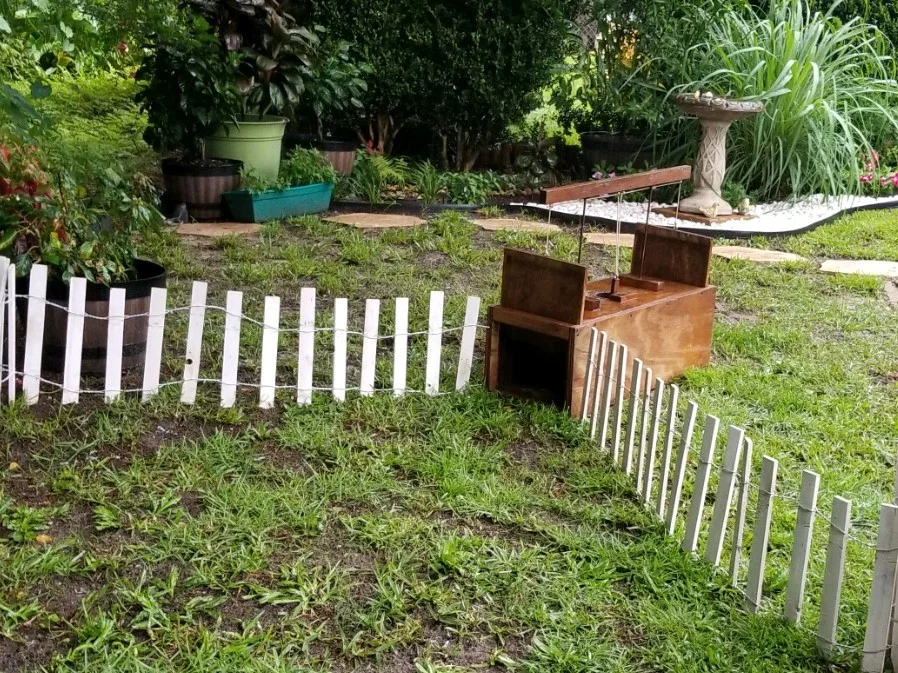Armadillos are ugly creatures, lacking the cuteness and charm of trash pandas (aka raccoons), or even that of opossums. The most common type is the nine-banded armadillo (Dasypus novemcinctus), named for its armored plates that protect it from predators. They are generally calm creatures, and easily (also hilariously) frightened. If you scare and armadillo, they are liable to jump straight up in the air, land, and then scurry away quickly. But please don’t mess with them, all it takes is close proximity for serious disease such as leprosy to spread. Armadillos are shy, docile creatures who can be trapped humanely and then safely rehabilitated to a more suitable habitat. Armadillos are diggers, searching for earthworms, grubs, night-crawlers, and other small invertebrates to eat. They prefer to live around moist soil near rivers, streams, brooks, ponds, or man-made water reservoirs, and Florida has plenty of wildlife land suitable for them.
Leprosy & Other Disease
Armadillos are about as gross as they look. They carry a lot of diseases, including leptospirosis, arboviruses, and most armadillos also carry leprosy. In recent years, Florida health officials have pointed to armadillos spreading leprosy to humans in slowly increasing numbers. Part of this increase in armadillo-related disease transmission has to do with armadillo habitats being destroyed as land is developed for construction. The armadillos come into greater contact with humans, and disease is spread more rapidly. Armadillos are the only other mammals besides humans that are capable of carrying leprosy, but they have a high frequency of infection which keeps the disease from becoming extinct even if kept under control among humans.
Behavior
Armadillos always have four young at a time, and the young are all identical quadruplets, so they are all always the same sex. When armadillos are born, their eyes are open and they can begin walking the same day. Their skin has not yet grown its hard armored layer, so they are more vulnerable then and generally stay with their mother. Once they get out into the world, they start digging, as this is the primary mechanism by which they find food. Gardens are especially vulnerable to armadillo digging, as they love to ear earthworms and grubs. Additionally, their holes attract other nuisance animals who like to set up a home for themselves in the many holes dug by an armadillo.
Call to speak with a Wildlife Specialist about armadillo removal.



